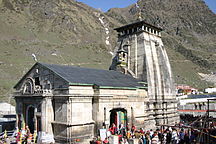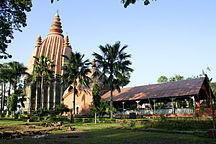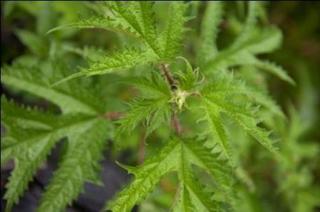Edited, memorised or added to reading queue
on 02-Sep-2020 (Wed)
Do you want BuboFlash to help you learning these things? Click here to log in or create user.
| status | not read | reprioritisations | ||
|---|---|---|---|---|
| last reprioritisation on | suggested re-reading day | |||
| started reading on | finished reading on |
| status | not read | reprioritisations | ||
|---|---|---|---|---|
| last reprioritisation on | suggested re-reading day | |||
| started reading on | finished reading on |
Hindu temple - Wikipedia
sacred parts of a Hindu temple, shirts are required as well as Sarong around one's waist.[141] At many other locations, this formality is unnecessary. Regional variations in Hindu temples[edit] <span>Nagara Architecture of North Indian temples[edit] Kedarnath Temple, Uttarakhand Sivasagar Sivadol, Assam North Indian temples are referred to as Nagara style of temple architecture.[142] They have sanctum sanctorum where the deity is present, open on one side from where the devotee obtains darśana. There may or may not be many more surrounding corridors, halls, etc. However, there will be space for devotees to go around the temple in clockwise fashion circumambulation. In North Indian temples, the tallest towers are built over the sanctum sanctorum in which the deity is installed.[143] The north India Nagara style of temple designs often deploy fractal-theme, where smaller parts of the temple are themselves images or geometric re-arrangement of the large temple, a concept that later inspired French and Russian architecture such as the matryoshka principle. One difference is the scope and cardinality, where Hindu temple structures deploy this principle in every dimension with garbhgriya as the primary locus, and each pada as well as zones serving as additional centers of loci. This makes a Nagara Hindu temple architecture symbolically a perennial expression of movement and time, of centrifugal growth fused with the idea of unity in everything.[142] Temples in West Bengal[edit] Dakshineswar Kali Temple, Kolkata In West Bengal, the Bengali terra cotta temple architecture is found. Due to lack of suitable stone in the alluvial soil l
| status | not read | reprioritisations | ||
|---|---|---|---|---|
| last reprioritisation on | suggested re-reading day | |||
| started reading on | finished reading on |
Khar’s experimentation with Himalayan nettle brings recognition
r women and marginalised groups. With help from the project, they have come to recognise a nature-based sustainable alternative income source and use it for their benefits. Khar’s success story <span>The residents of Khar have incorporated sustainable harvesting and processing techniques in their Himalayan nettle production chain. Today, Khar is on its way to become a nettle fibre production hub. Mufflers, stoles, suits and other items of clothing, purses and bags are some of the things people in Khar produce. These products have been exhibited at national and international trade fairs and are considered an excellent souvenir option. At the 5th International Herbal Trade Fair held in Bhopal, Madhya Pradesh, nettle products from Khar caught the attention of some of the state’s highest dignitaries as well as locals and tourists. Locals were mesmerised by the idea of producing valuable fabric with something that grows abundantly in local surroundings. They were keen on learning about nettle processing and applying the same technique to yield fabric from the Himalayan nettle, locally pronounced as “bicchoo ghas” in their area. In a way, the otherwise unnoticed, remote mountain community of Khar has been able to establish its identity through the use of biological resources. Perhaps, in the near future, people will come to visit Darchula to learn more about the place and its people. Sustainable tourism Apart from nettle production, tourism presents one of the highest potentials for income generation in Darchula. Sustainable community-based tourism, with focus on ad


